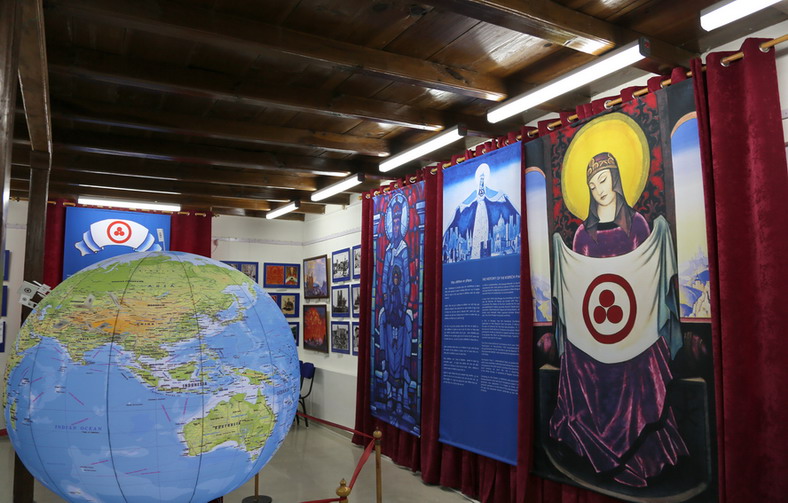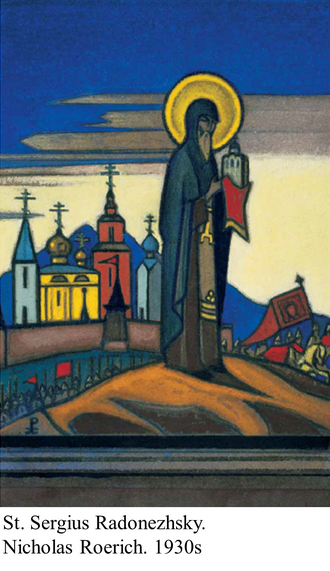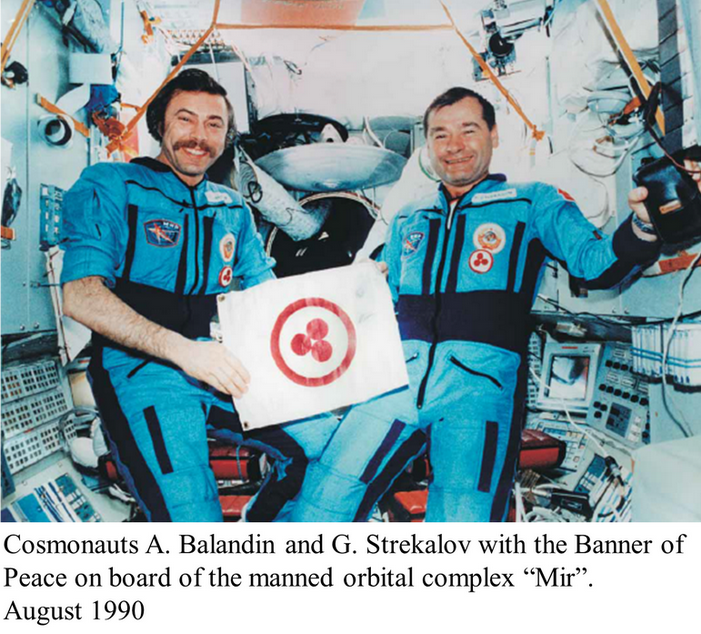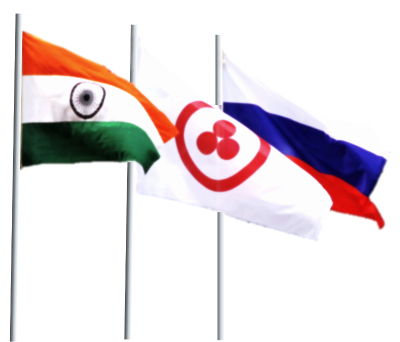"The Roerich Pact. History and Modernity"
 The new exhibition “The Roerich Pact. History and Modernity” was opened in the two halls of the Urusvati Institute on 12 July 2014. The exhibition had been prepared by the International Centre of the Roerichs, Moscow in collaboration with the International Roerich Memorial Trust, Naggar on the eve of the 80th anniversary of signing the Treaty on the Protection of Artistic and Scientific Institutions and Historic Monuments on 15 April 1935 in Washington. This first ever international treaty on the protection of Culture is known as the Roerich Pact.
The new exhibition “The Roerich Pact. History and Modernity” was opened in the two halls of the Urusvati Institute on 12 July 2014. The exhibition had been prepared by the International Centre of the Roerichs, Moscow in collaboration with the International Roerich Memorial Trust, Naggar on the eve of the 80th anniversary of signing the Treaty on the Protection of Artistic and Scientific Institutions and Historic Monuments on 15 April 1935 in Washington. This first ever international treaty on the protection of Culture is known as the Roerich Pact.
It was here in Naggar in the estate where the great Russian painter Nicholas Roerich lived with his family for over 20 years, that the Pact was drafted. From here, from the holy Himalayas to all corners of the world went the appeals to preserve Culture as the basic foundation of mankind’s evolution, as the only means of achieving peace on the planet.
The exhibits including archival and modern photographs, reproductions on canvas of Nicholas Roerich’s paintings and colorful banners were prepared by the ICR staff specially for the two halls of the memorial building of the Biochemical Laboratory of the Urusvati Institute.

 The illuminated rotating globe has become the focus of the big hall. Small flags studding the globe indicate the mountain peaks, cities and countries of our planet where the Banner of Peace, the symbol of the Roerich Pact, was raised. The exhibition reveals the principle idea of the Pact, its history and relevance in modern world. A separate section is dedicated to the sign of the Banner of Peace and its reflection in cultures of different nations.
The illuminated rotating globe has become the focus of the big hall. Small flags studding the globe indicate the mountain peaks, cities and countries of our planet where the Banner of Peace, the symbol of the Roerich Pact, was raised. The exhibition reveals the principle idea of the Pact, its history and relevance in modern world. A separate section is dedicated to the sign of the Banner of Peace and its reflection in cultures of different nations.
The Small Hall display is dedicated to India’s engagement in The Roerich Pact promotion. India with its great culture and spiritual sophistication became one of the first countries having responded to Nicholas Roerich’s call to protect cultural treasures. Indian eminent figures among which were R. Tagore, J. Bose, S. Radhakrishnan, C.V. Raman and many others, fully supported Nicholas Roerich’s idea. “Roerich – our leader – has opened a new significant chapter in the history of humanity having initiated the movement for the Pact and Banner of Peace,” noted a renowned Indian spiritual figure Swami Jagadiswarananda in his message to the Banner of Peace Convention.
“ I have closely watched your great humanitarian work for the benefit of all nations. Your Pact of Peace with its banner for protection of all cultural properties would be an exceptionally efficient symbol for them,” the great Indian poet Rabindranath Tagore wrote to Roerich, “…I strongly believe that it will have a deep impact on cultural mutual understanding among nations.”
I have closely watched your great humanitarian work for the benefit of all nations. Your Pact of Peace with its banner for protection of all cultural properties would be an exceptionally efficient symbol for them,” the great Indian poet Rabindranath Tagore wrote to Roerich, “…I strongly believe that it will have a deep impact on cultural mutual understanding among nations.”
The “The Roerich Pact. History and Modernity” exhibition is the call to people of different nations and countries, to numerous visitors and guests of the IMTR to realize the great value of Culture and join their voices, efforts and aspirations to the cause of protection of cultural properties under the Banner of Peace and Culture.
Roerich said repeatedly, “India is not a strange land but Russia’s dear sister.” Perhaps, that is why the idea of the Pact masterminded by the great artist in Russia and having travelled with him through various countries and continents might have stroke a chord in India. This idea still resonates in the heart and soul of the Indian nation.










